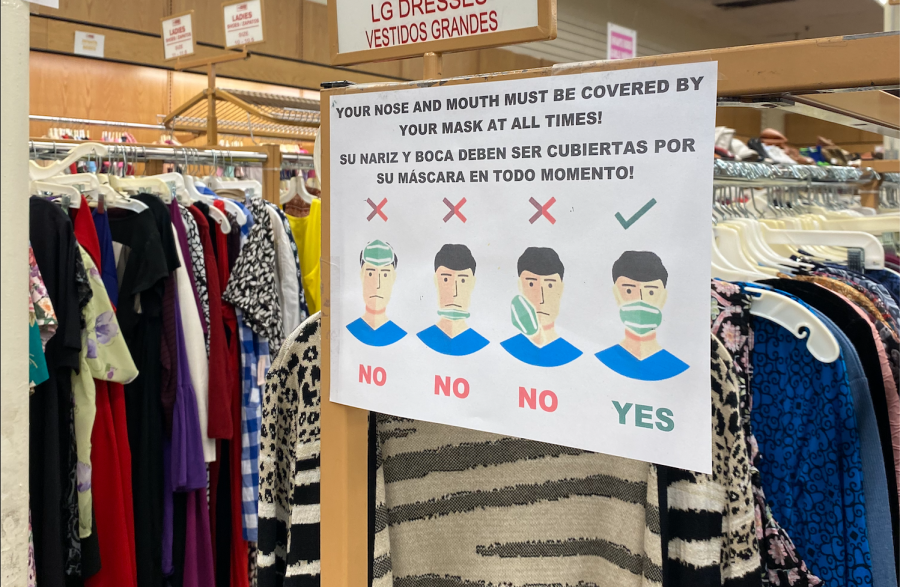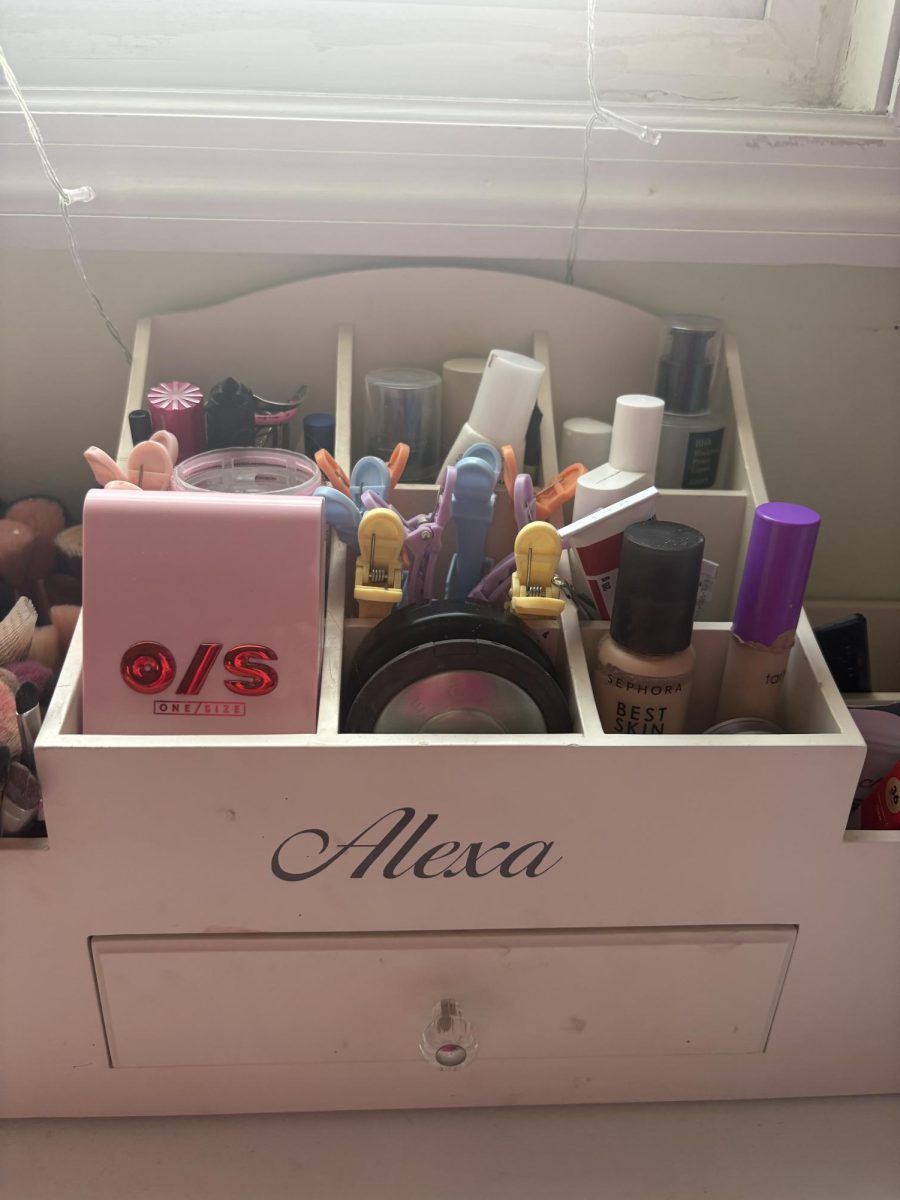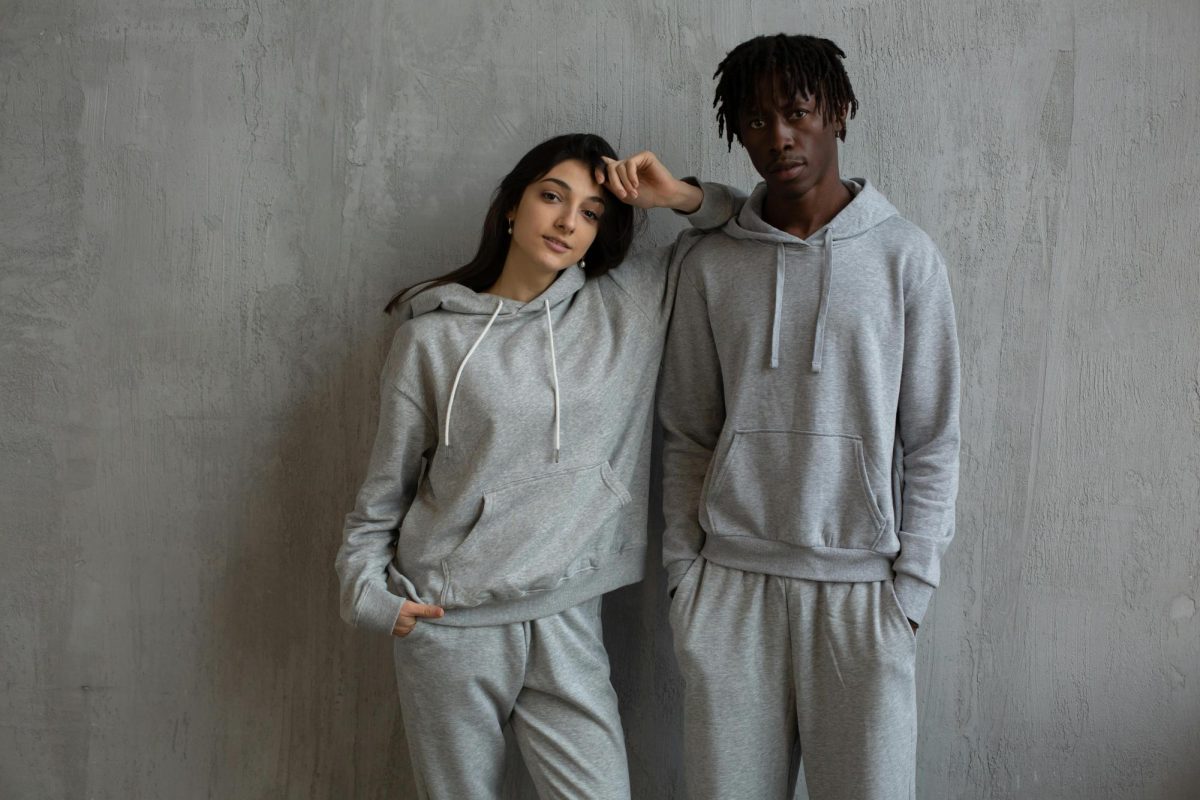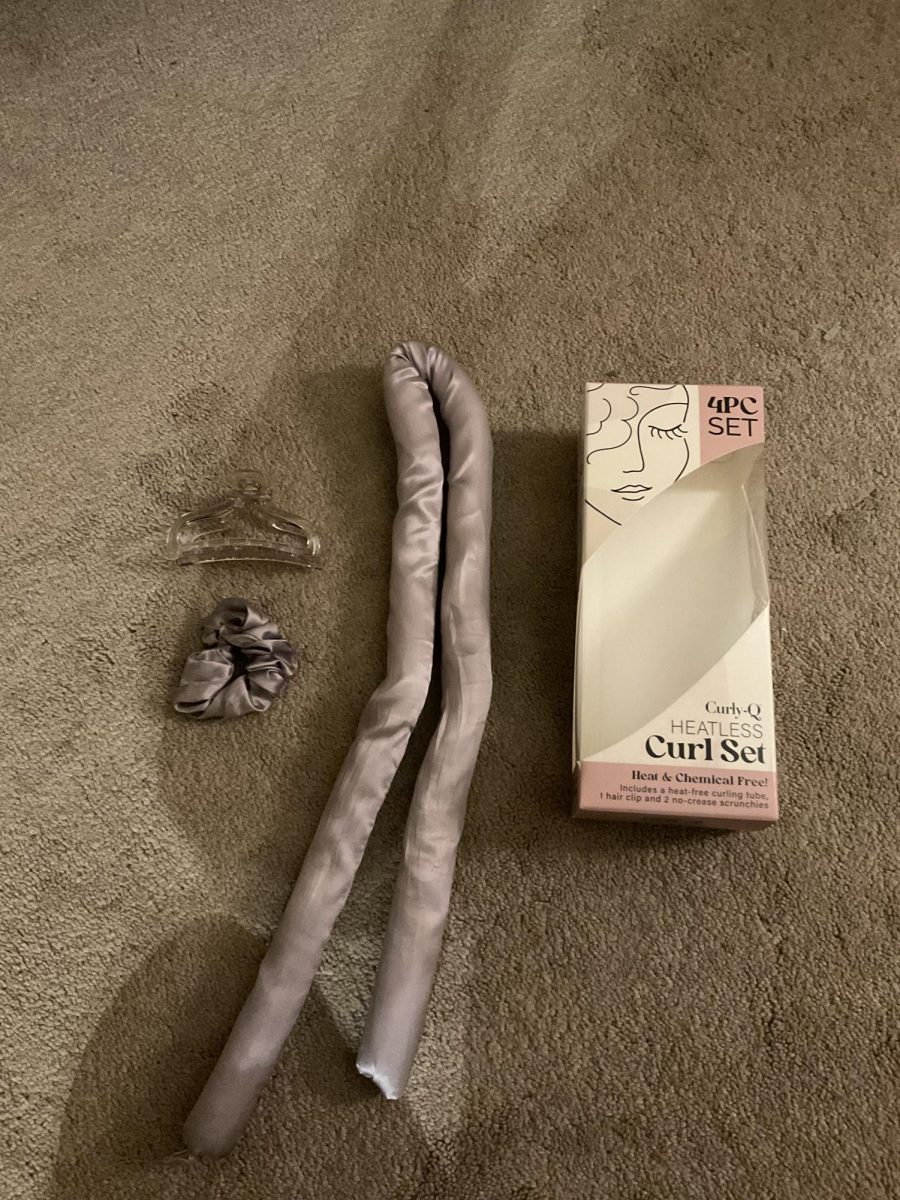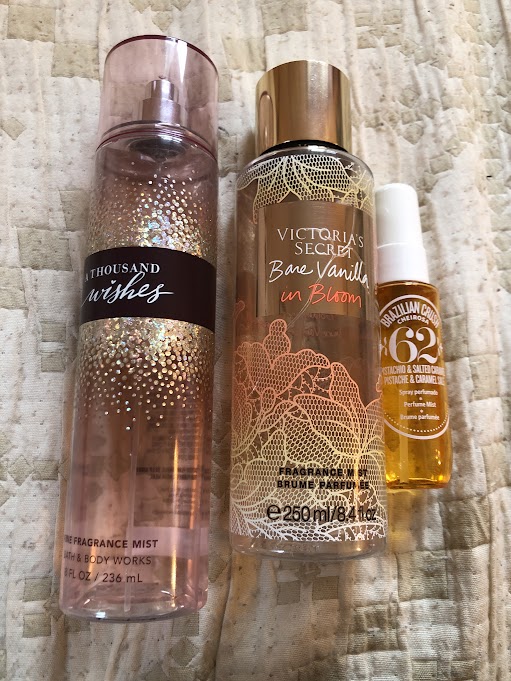Amongst social media, thrifting has become the latest trend. Famous influencers like Emma Chamberlain and Bestdressed would vlog their trips and what they find at thrift shops on YouTube. Buying clothes that were previously owned, has proven not only good for your wallet but the planet too.
Low cost, one of kind clothes
When entering a thrift store you never know what you will be leaving with. All the clothes are donated and prices are set at a low cost. Every single clothing you find is one of a kind, it is typically hard to find the same shirt in the store. You could spot clothes that date back to decades ago, that might even be worth more than it sells for. Mya Walker, a student from Colonia High School, recently started to shop second-hand clothes. Walker expressed how there were a variety of different clothes and how lines are shorter compared to malls.
Helping the planet
Other than the thrill of spotting a good find and paying a lower price on clothes, it is beneficial to shop second-hand clothes for the planet. It is more sustainable and helps decreases your carbon footprint.
Every year, the world generates about 80 billion new pieces of clothes. When you buy clothes that are already made, it doesn’t utilize other production to make new clothes. It also does not use further resources to make the clothing.
As new clothes are generating each year, old clothes are being thrown away. Most clothes end up in the landfill. In the U.S. alone, more than 11 million tons of clothes are thrown away each year. That is about 82 pounds of clothes for each person.
Decreases the demand for fast fashion
The fashion industry is the second most polluting industry after the Petroleum industry. Shopping for second-hand clothing decreases the demand for Fast Fashion. The term fast fashion is used for companies that use quick production to make clothes with low-quality materials. The conditions of the factories used to make the clothes are known for being horrendous. Most of the time the workers are overworked and underpaid.
The methods to create clothes in fast fashion is wasteful. To make a single t-shirt it takes 2720 liters of water. For a pair of jeans it takes about 7000 liters of water. takes Not only that, but it infects the waters nearby the production site with chemicals. After using the water that is used to dye the jeans, it is emitted back to the nearby rivers. Due to the chemicals, it increased the risk of diseases in the regions.
Overall
Discovering unique clothing you may not be able to find anywhere else for a low price is a unique experience. Marvin Malino has been second-hand shopping since the age of 12. Making every trip to the thrift shop its own adventure. Not only that but in the process, you are able to help the planet become a better place.
Malino to this by saying, “I think that it’s important to shop second hand since most people nowadays only want the newest clothes, but eventually they would throw it out and the clothes just become trash and cause problems to our earth and community. So, one of the best ways to prevent that is to shop second-hand.”




